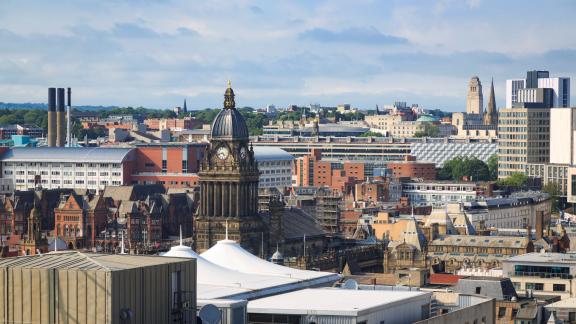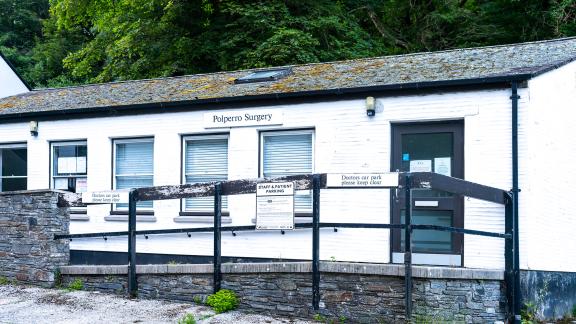Health on the high street

Putting health at the heart of our high streets means putting health at the centre of our approach to regeneration, says Michael Wood, head of health economic partnerships at the NHS Confederation.
Our high streets may be on life support but the NHS can play a part in saving them.
The reaction from local partners to the immediate COVID-19 health crisis was remarkable. With a vaccine now in sight, the focus of our policy response moves from the hospital to the high street, yet the urgent need to maintain these local partnerships in support of our communities remains.
The high street occupies a pivotal role in our communities. Situated at the very heart of every village, town and city they have for generations been the place for people to go, meet and spend money - an economic, social and cultural hub that shapes the vibrancy, wellbeing and prosperity of where we live, study and work.
For many of us the high street has been the place where the changing picture of the government’s response to the pandemic has been most vividly illustrated, providing something of a salvation in uniquely challenging times and galvanizing the idea of high streets returning as a community hub.
While the ‘health voice’ in the high street debate has often been quiet at best, the NHS Confederation has been working with Power to Change to understand, reshape and launch new national and local conversations. With prevailing inequalities increasingly driving a new form of collective, place-based decision-making, putting health on the high street is an ambition we can all coalesce around.
Where can we start?
Taking a broad view there are some pretty obvious places to focus early discussions. Here are three ideas with which to test the water locally:
Relocating services
There is no obvious reason why it is largely primary care services that are the face of the NHS on our high streets, particularly when we are witnessing a swing from inpatient visits to outpatient activity. Across health and care there are a range of clinical, community, diagnostic and mental health and wellbeing services that can be provided in high street settings. Critically, not only can they be provided on the high street, their effectiveness and engagement may well be improved by being situated there. What they will also certainly do is to improve the high street’s local ‘offer,’ ensuring a more sustainable, viable community. Why can’t we make use of empty shops on our high street to provide vaccinations, thus increasing our capacity and bringing much needed footfall, and salvation, to our local retailers?
Mixed-use property development
The vibrancy of the high street is seen as a litmus test for the wider economy. Empty shops and a lack of diversity of ownership and breadth of choice often point to a wider malaise. What is bad for prosperity is also bad for health. In discussions about how and where our services are provided, could we house public and private services together, balancing service provision with community benefit with lasting local income generation? It cannot be right that, in the deepest recession for 300 years, the rolling programme of investment the government has committed to in the Health Infrastructure Plan will ignore the economic and social value that can be unlocked through NHS capital plans. Putting health at the heart of our high streets means putting health at the centre of our approach to regeneration.
Developing a new experience
Even if the forthcoming economic recovery resembles a V-shape (the best-case scenario) there will be a myriad of winners and losers. Retail for example, is often taken as a homogenous sector yet, as we have seen this week, the future will involve many different things being bought, and in many different places, to back in January. Local economic plans will need to understand and adapt to this change, with particular focus being given to the experience that will bring people into our town centres. There is an increasingly powerful argument that health and wellbeing should be integral to this experience. Public health should motivate our designers and planners into getting rid of car parks and the barriers to walking and cycling, as well as fostering a healthier approach to local food offerings. COVID-19’s impact on our wellbeing can evolve a renewed look at how the arts and culture sector stimulates community activism and entrepreneurship. The value people have associated with their health during the pandemic could lead to new investment opportunities for innovative companies.
Strategic discussions around realising the potential of the high street have not traditionally been a priority for NHS leaders. Similarly, those responsible for planning the future of our town centres often fail to see the economic and social value of health. With the increasing need to align public services with local economic and inclusive growth, there is now an opportunity to act.
Our future prosperity depends on us putting health at the heart of our high streets.
Read the report from the NHS Confederation and Power to Change: Health on the High Street.
Michael Wood is head of health economic partnerships at the NHS Confederation. You can follow Michael on Twitter @NHSLocalGrowth
This blog first appeared in the HSJ on 3 December 2020.



